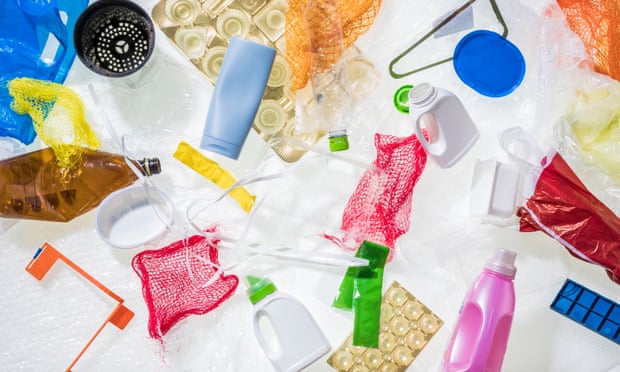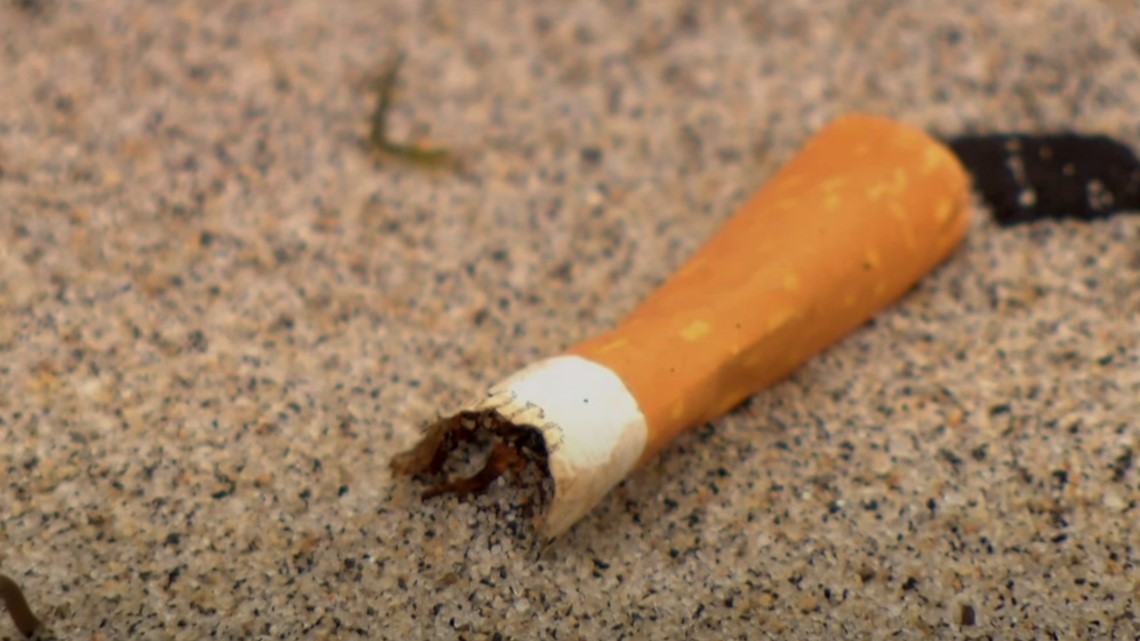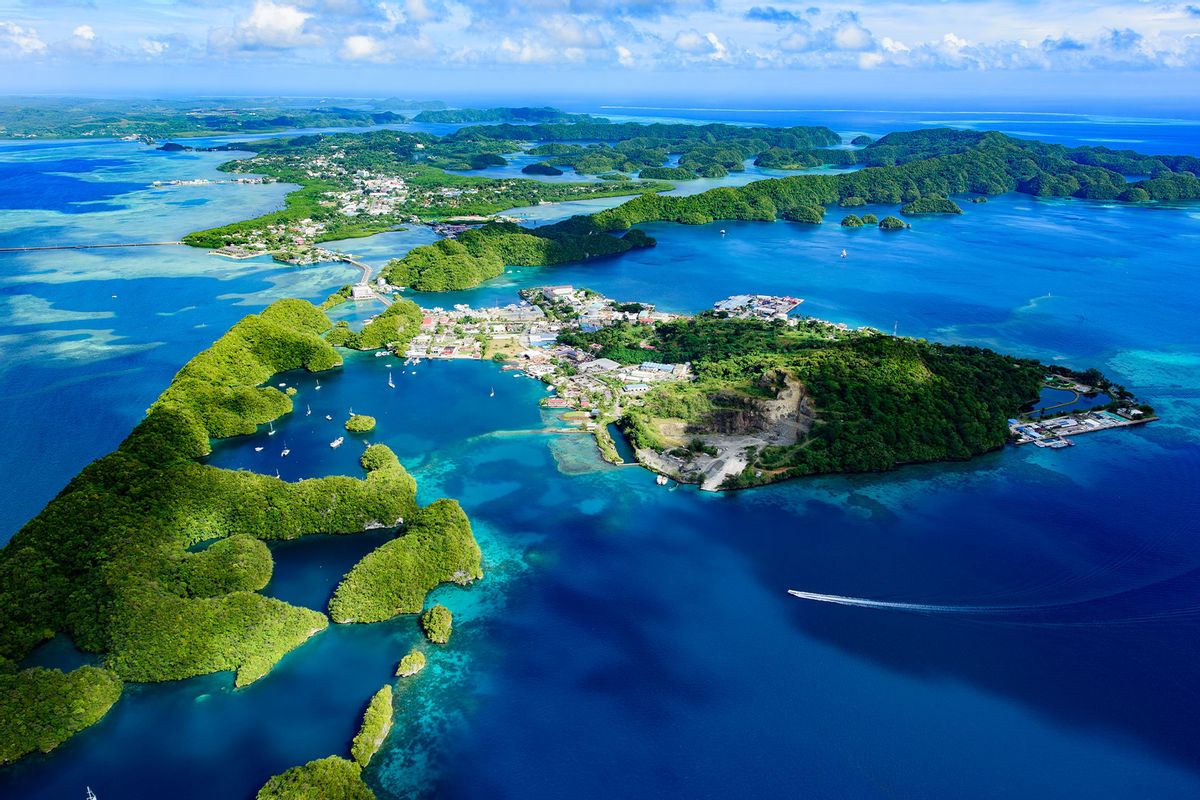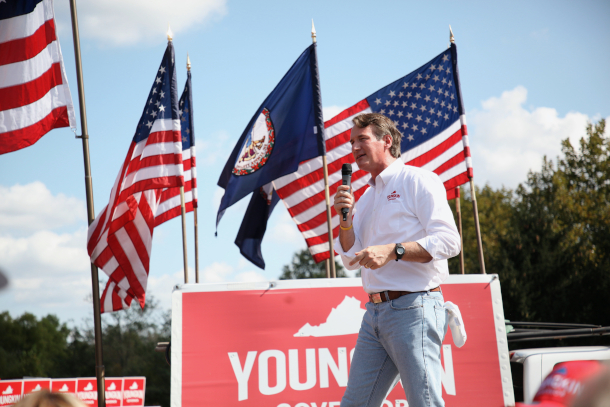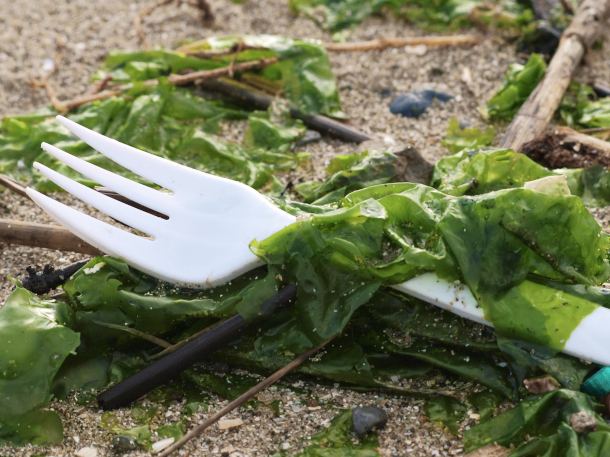Workers removed garbage from Brazil’s Negro River in June following rains that raised water levels. Some governments are implementing laws tackling plastic pollution.
Edmar Barros/Associated Press
A few states and some countries are passing laws to combat plastic waste.
California is the fourth US state that will make companies pay for packaging waste.
Canada and India have banned the production and import of certain single-use plastic products.
Listen to The Refresh: Insider’s real-time news podcast.
The first half of 2022 has seen a wave of new policies cracking down on plastic pollution in the US and countries like Canada and India. In recent weeks, California became the fourth state that will force companies to pay for cleaning up packaging waste, while Canada and India have banned the production and import of certain single-use plastic products. Advocates say the momentum feels like a turning point in the global fight to eliminate the eight million metric tons of plastic waste that flows into oceans each year. According to the United Nations, this is the equivalent of dumping a garbage truck every minute. The vast majority of plastic never gets recycled and ends up in landfills, in incinerators, or as litter on land and in waterways. The US is the world’s largest contributor to the problem despite representing less than 5% of the global population.”The public is increasingly making the connection between plastic and so many other issues, which is expanding the coalition of groups and individuals who care deeply about this,” Anja Brandon, a US plastics-policy analyst at the nonprofit Ocean Conservancy, said. “That, in turn, is expanding the number of policymakers who recognize plastic pollution as critically important.”
Brandon said those connections include how plastic is made from the fossil fuels that drive the climate crisis. Local governments in the US often build plastic-manufacturing plants, landfills, and incinerators in marginalized communities, which then disproportionately expose these communities to pollution. Researchers are also discovering tiny particles of plastic — known as microplastics — in human blood and stool, raising questions about potential health effects.The sustainability push has led some big brands and plastic makers to promise to make more recyclable or compostable packaging and to channel money toward local infrastructure so producers can get their materials back and reuse them. “We’re investing in new technology to make sure the percent of recycled content in packaging increases and designing things to be lighter,” Jen Ronk, the senior sustainability manager at Dow North America Packaging & Specialty Plastics, said. The company also pledged to spend more than $1 billion on efforts to manage plastic waste. Here’s a rundown of the latest action:
CaliforniaOn June 30, California Gov. Gavin Newsom signed the most aggressive restrictions on plastic in the country into law. By 2032, producers must use 25% less plastic in packaging for items like shampoo, food containers, and cups. Ocean Conservancy estimates that this provision alone will reduce plastic production by 23 million tons, or 26 times the weight of the Golden Gate Bridge. By the same date, at least 65% of plastic must be recycled, a major jump from the less than 15% that is recycled today. “We know that to reduce the plastic-pollution crisis, we have to make less in the first place and reuse more through a circular economy,” Brandon said, adding that the California law is the first to address both sides of that equation.
Plastic makers will pay $5 billion into a state fund to mitigate the environmental and health impacts of pollution from their products, as well. The industry will pay for collecting, sorting, and recycling waste through a fee on packaging, which will shift the burden away from taxpayers who now fund municipal-waste management. That policy, known as extended-producer responsibility, has picked up steam over the last year as Maine, Oregon, and most recently Colorado, passed similar legislation. Colorado In June, the state passed its own extended-producer responsibility law that slaps a fee on packaging such as bottles, food wrappers, and cardboard to help fund recycling and keep waste out of landfills. Colorado’s statewide recycling rate for all materials is 15%, less than half the national average of 32%. The law itself doesn’t set mandatory recycling targets, but brands and packaging makers have to develop some for 2030 after they form a nonprofit to run the new recycling program.
The law got rare public endorsements from big business, including Coca-Cola, PepsiCo, and Walmart. They joined forces with environmental groups like Recycle Colorado, the World Wildlife Fund, and the Sierra Club. CanadaOn June 22, the government announced it would ban companies from making and importing certain single-use plastics by the end of the year as part of a sweeping effort to fight pollution and the climate crisis.Most plastic grocery bags, silverware, and straws fall under the ban, with a few exceptions for medical needs. According to the government, Canadians throw away more than 3 million tons of plastic waste every year and the country only recycles about 9% of it.
“Companies don’t make Canada-specific packaging or US-state specific packaging,” Brandon said. “They are trying to maximize efficiency in a globalized supply chain, so these policies will have far-reaching ripple effects.”India On July 1, India’s government announced a ban on single-use plastics covering 19 items that are most likely to wind up as litter, such as straws, cups, and some disposable bags. The ban makes it illegal to make or import these products.According to the Associated Press, thousands of other plastic items aren’t covered, though the federal government has set recycling targets for manufacturers. According to its federal pollution watchdog, India generated more than 4.1 million metric tons of plastic waste in 2020.
This decade the country is also trying to reduce the amount of greenhouse-gas emissions per unit of gross domestic product — known as carbon intensity — by 45%. Curbing plastic manufacturing can help India meet that target, said advocates of the ban.
.content-lock-lock .hidden {
display: none;
}
Sign up for notifications from Insider! Stay up to date with what you want to know.
Subscribe to push notifications
Close icon
Two crossed lines that form an ‘X’. It indicates a way to close an interaction, or dismiss a notification.


